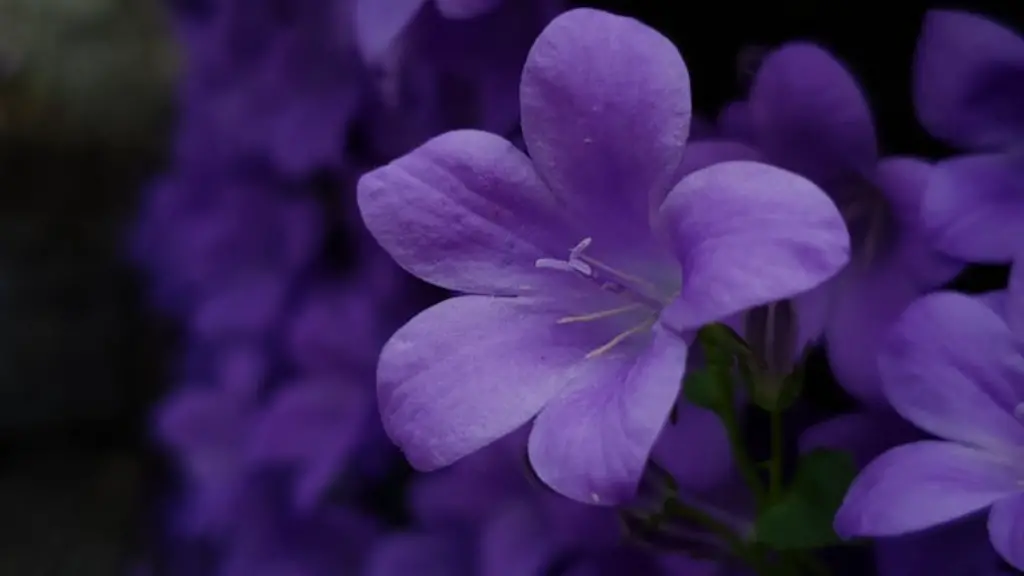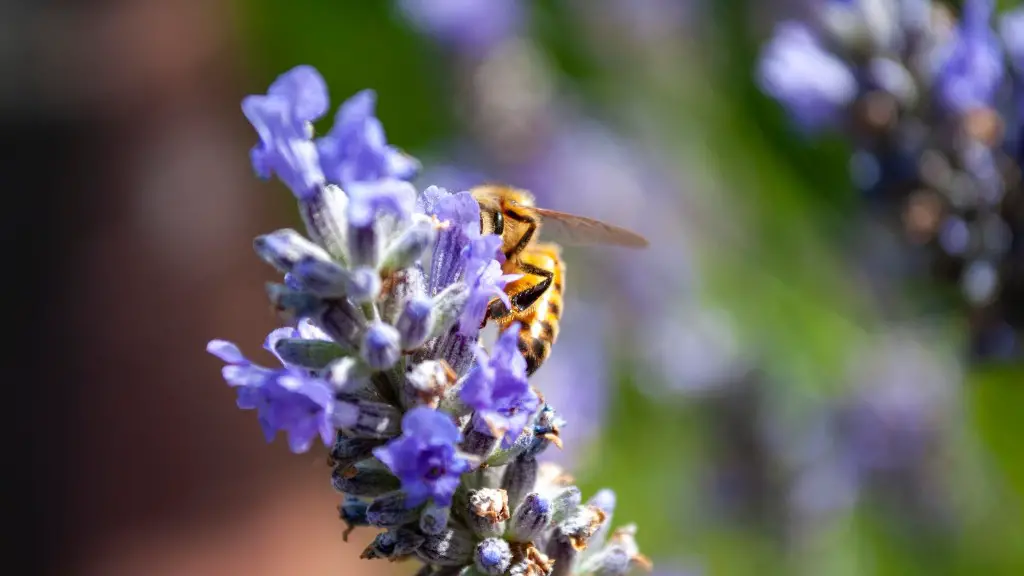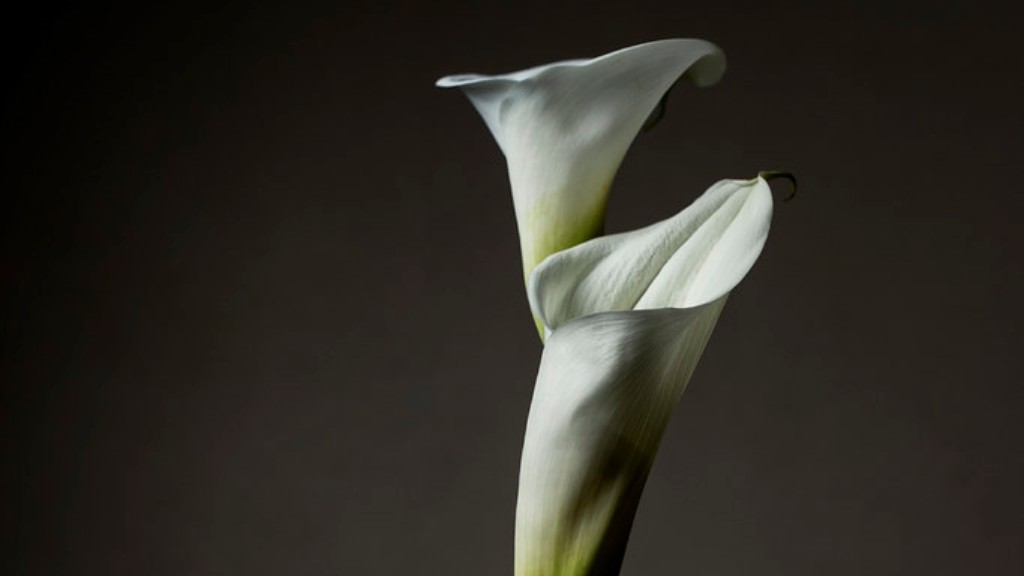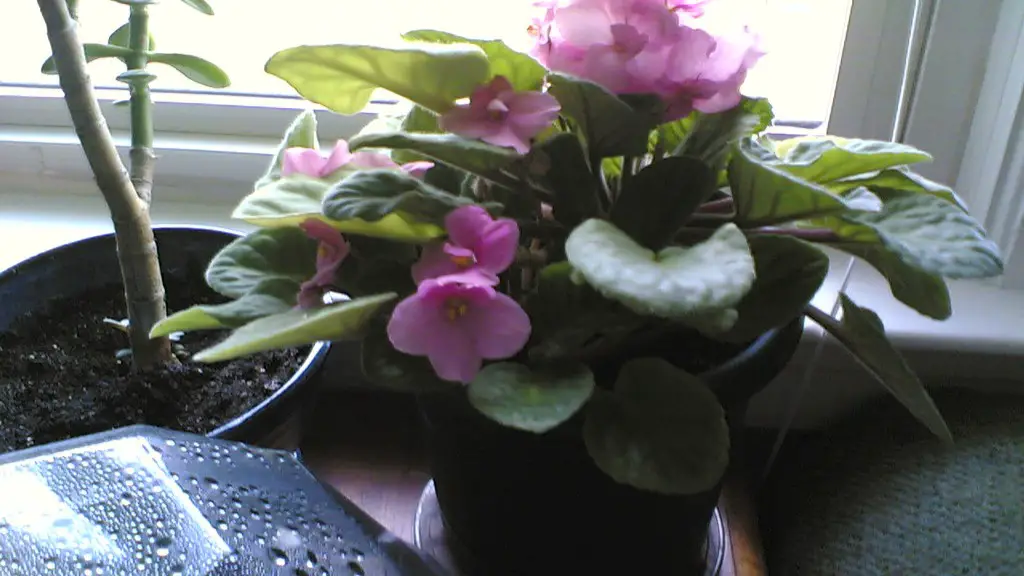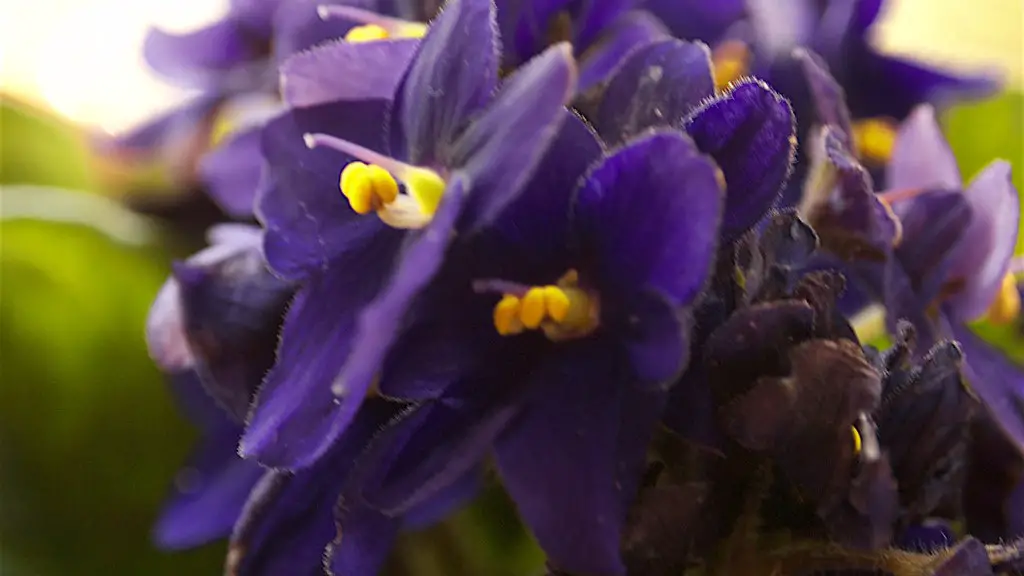African violets are one of the most popular houseplants, and for good reason! They are relatively easy to care for, and they bloom frequently. One of the most common questions we get about African violets is “how do I get my plant to bloom?”. Here are a few tips:
First, make sure you are giving your plant the right amount of light. They do best in bright, indirect light. Too much direct sun will scorch the leaves, and too little light will cause the leaves to become pale.
Secondly, African violets need to be watered regularly, but be sure not to overwater. The leaves should be kept moist, but not soggy. Allow the soil to dry out slightly between watering.
Finally, African violets need to be fertilized regularly to encourage blooming. Use a water-soluble fertilizer designed for houseplants, and follow the directions on the package.
With proper care, African violets will bloom abundantly. Enjoy your blooms!
Here are a few tips on how to get flowers on African violets:
-Make sure the plant has enough light. African violets need about 12 hours of light per day, so if you are growing them indoors, you may need to supplement with grow lights.
– African violets prefer to be on the drier side, so don’t overwater them. Allow the soil to dry out somewhat between watering.
– African violets need to be fertilized regularly. Use a fertilizer specially formulated for African violets or a general purpose fertilizer at half strength. Apply every two weeks or so.
– Deadhead African violets to encourage more blooms. Just snip off the spent flowers at the base.
How often do African violets flower?
If you are able to provide the correct conditions, African violets can bloom nearly year-round. Each bloom lasts for about 2-3 weeks. 10-12 months each year is the ideal time frame for them to bloom.
Epsom salts are a great way to give your plants the magnesium and sulfur they need to produce beautiful blooms and healthy foliage. Just mix one and a half teaspoons of Epsom salts in a quart of tepid water and swirl to dissolve. Water your African violets (below the leaves) with this solution once a month.
How often should African violets be watered
A wicking system is a great way to make sure your African violets are never over watered. The system works by drawing water up from a reservoir into the soil of the plant. This way, the plant only ever has access to the water it needs and can never become waterlogged.
Many growers have the best success fertilizing once a week with a mild fertilizer designed for African violets. A balanced formula such as a 20-20-20 or one that has slightly more phosphorus, like a 15-20-15 will do well in most growing situations.
Why doesn’t my African Violet have flowers?
If you want your African violets to bloom well, you need to give them bright, indirect sunlight. Too little sunlight will cause them to stretch for the light and produce few or no flowers; too much sun can burn the leaves.
If you’re looking to grow African violets, Miracle-Gro® Indoor Potting Mix is a great option to provide them with the well-drained, slightly acidic soil they need to thrive.
Are coffee grounds good for African violets?
Yes, coffee grounds are good for African violets. They are slightly acidic and contain nitrogen, which helps plants grow healthy foliage. Occasionally sprinkling used coffee grounds on top of your African violet potting soil can be good for the plant.
When watering African violets, be sure to not mist the foliage as this can cause permanent leaf spotting. Use water that is room temperature and water the plants at the base, being careful not to saturate the crown as this can lead to crown rot.
Is it best to water African violets from the bottom
Watering your plant is important to keeping it healthy and encouraging blooming. Make sure to keep the soil moist to dry and allow the soil around the roots to dry out before watering. The best way to water your plant is from the bottom by placing the plastic grower’s pot in water and allowing the plant to absorb the water for no more than 30 minutes.
African violets are pretty finicky when it comes to light. They need indirect sunlight, as direct sunlight can burn the leaves. For best results, choose a north- or east- facing window. Also, keep plants away from cold glass and rotate the pot once a week so all leaves receive light. During winter months, you can extend daylight by placing African violets under a grow light.
What do Overwatered African violets look like?
If you have over-watered your African Violet plant, you will need to take corrective action to save the plant. The first step is to stop watering the plant. Allow the soil to dry out completely and then resume watering on a regular schedule. Be sure to check the soil regularly to ensure that it is not retaining too much water. If the leaves and/or leaf stems have already turned soft, limp or mushy, you can try to revive the plant by removing it from the pot and replanting it in fresh, dry soil.
If you are unsure about the quality of your tap water, it is best to err on the side of caution and use filtered or distilled water for your African violets. Chlorine, chloramines, and dissolved solids can all adversely affect the health of your plants, so it is better to be safe than sorry.
What is the secret to growing African violets
African violets need lots of light to flourish, but direct sunlight will scorch their leaves. Keep the soil moist but well-drained to prevent them from getting too much water.
If you want your African violet to bloom continuously, you will need to remove the old flowers (known as disbudding) and provide the plant with the right growing conditions. Flowers should reappear within 6 to 8 weeks. Some growers say that their plants are in bloom for up to 10 months out of the year!
How often should you change the soil in African violets?
African violets should be re-potted in fresh soil every 6 months and kept in the same size pot. This will ensure that they remain healthy and continue to bloom.
African violets are a popular houseplant because they are small, pretty, and easy to care for. They are native to Africa, and need a warm, humid environment to thrive. African violets do best in a light, porous, aerated, and well-drained potting mix, which will help to keep the roots moist but not soggy. The position of the plant is also important – it should be in bright light but away from direct sun, and away from drafts and air-conditioning. African violets will flower all year round, but mainly in spring and autumn.
Warp Up
The best way to get flowers on African violets is by using a fertilizer that is high in phosphorus.
To get flowers on African violets, you will need to provide them with the proper light, water, and fertilizer. Also, be sure to deadhead the flowers as they start to fade. With a little care, you can enjoy seeing these beautiful flowers bloom.
